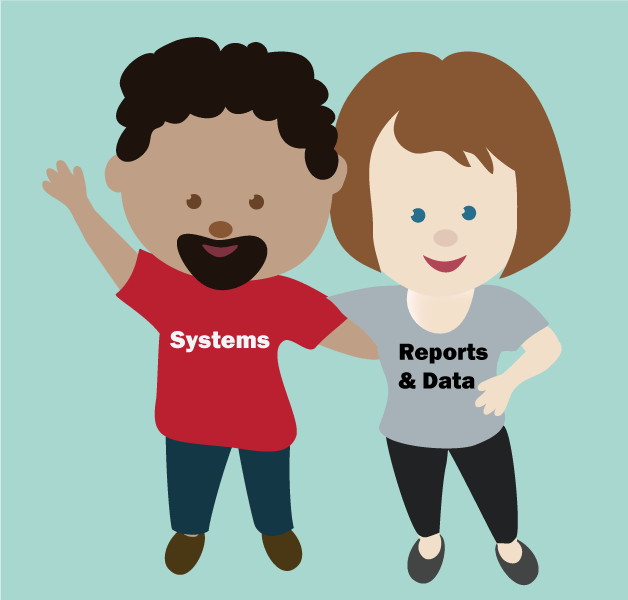Change is needed for any kind of growth or progress to happen, but as we know change is rarely easy. Part of our three-year look back at Tableau includes mention of the January 2021 Workday implementation at Ohio State and how Tableau lent a hand.
6.5 million Data Conversions Made
Along the same lines, the 50 data sources are important because they support this central source of truth. The Data and Analytics team can build something (or replicate a historical data source) using these data sources. This supports not only the 90 dashboards mentioned prior, but users with specific access are also able to connect to those dashboards to build their own reports, hence the 250 connected dashboards.
We've now taken a journey and visited how Tableau provided a huge lift to the Enterprise Project followed by a look at how Tableau continues to build the relationship between systems and data going forward. Similar to how we concluded the prior three years of tableau post, let's close with end user testimonials. The question posted to users in the January survey was, "What is your Tableau success story?"
What is your Tableau success story?
Optimizing Workday
"Tableau does a great job supplementing reports not available in Workday."
Time savings
"Creation of several reports to save stakeholders time that had been spent compiling several different data points from Workday that can now be done in one automated report."
Collaboration
"Our faculty dashboards in Tableau have been widely used across campus and all our PeopleSoft historical reports are now in Tableau for the HR community to use."
Streamlining operations
"The Department of Internal Audit had an extensive process established prior to Workday to analyze data using an Audit Tool called ACL. With the transition Workday, we had to determine how best to transition defined recurring analysis we had built using PeopleSoft data sources. Hundreds of hours went into building out or ACL solution. We were able to transition key analysis in a fraction of the time using Tableau (using pre-built data sources or established connections to the RAE)."
If you have additional questions about the Tableau service, please contact Jimmy Anthony and Maureen Henry.
